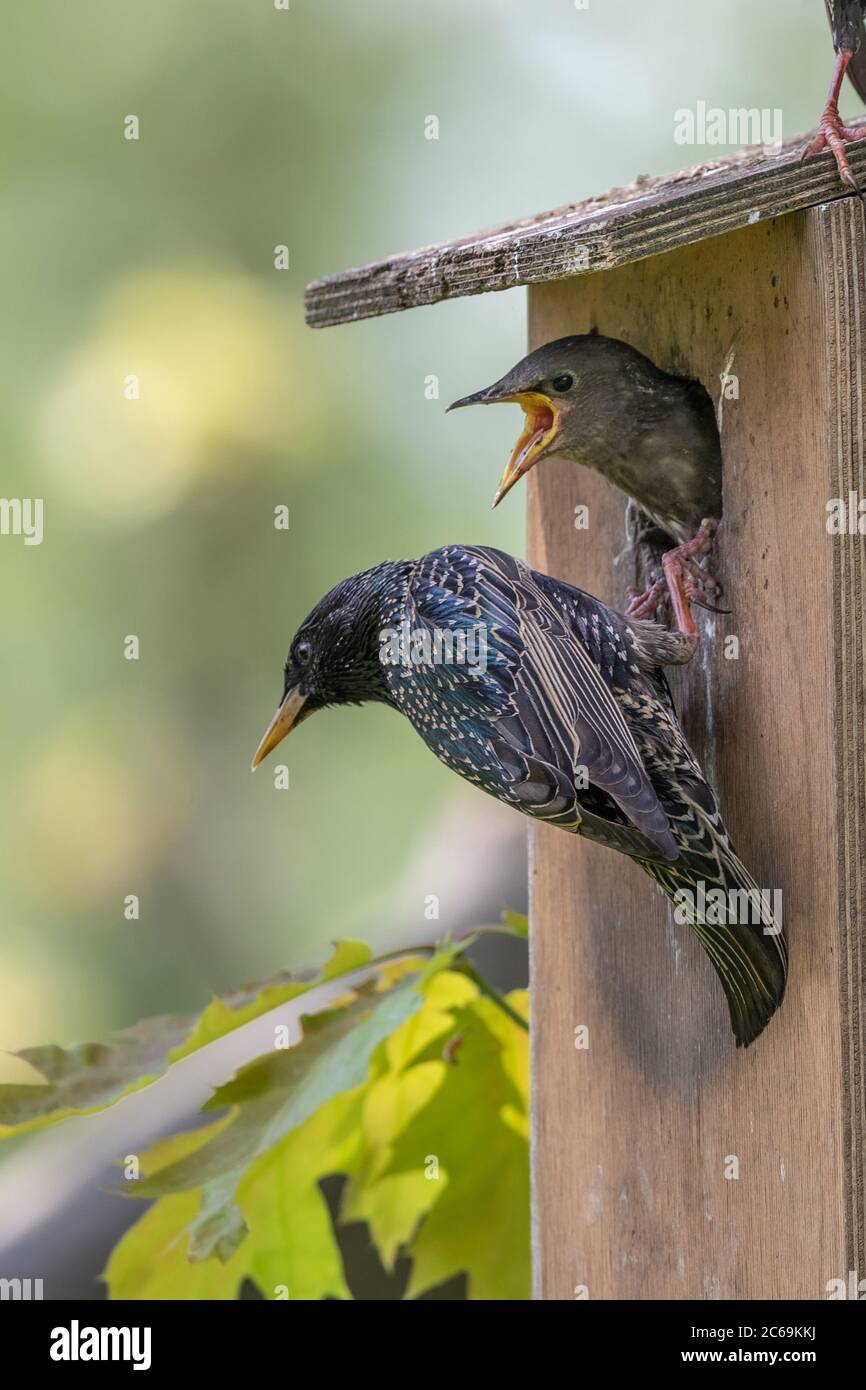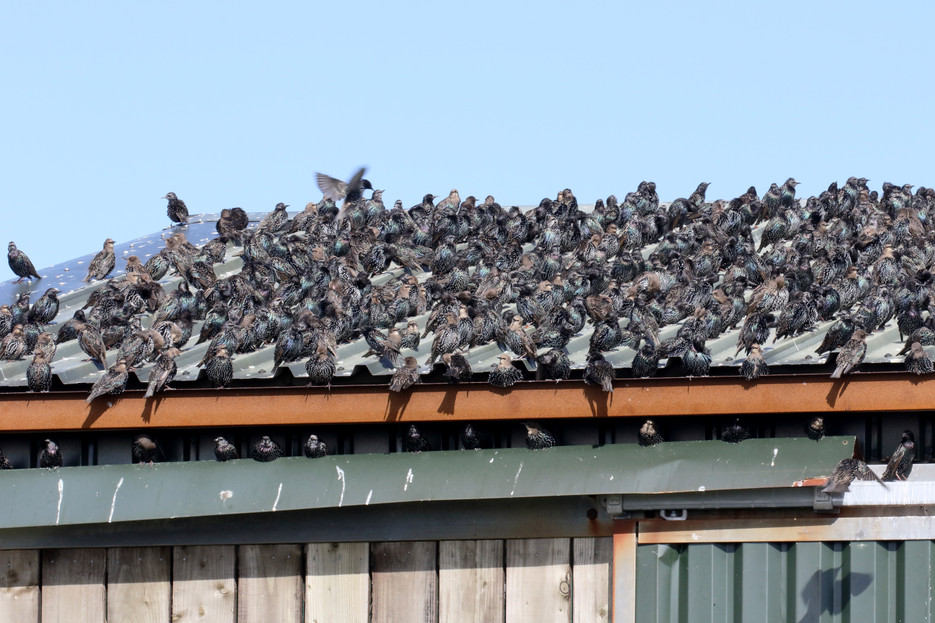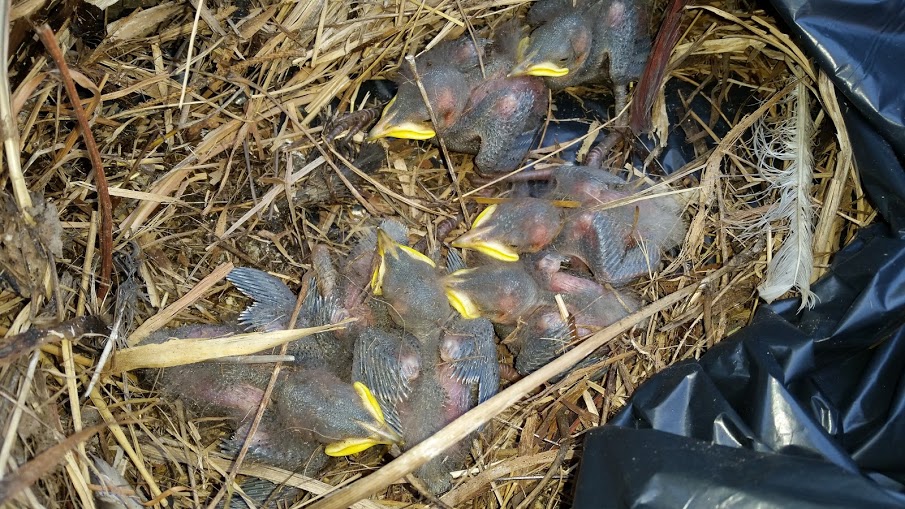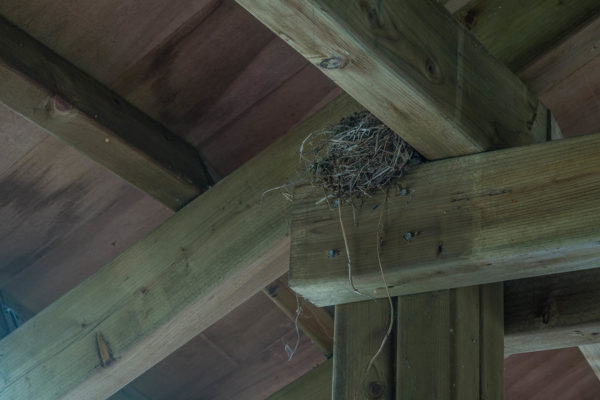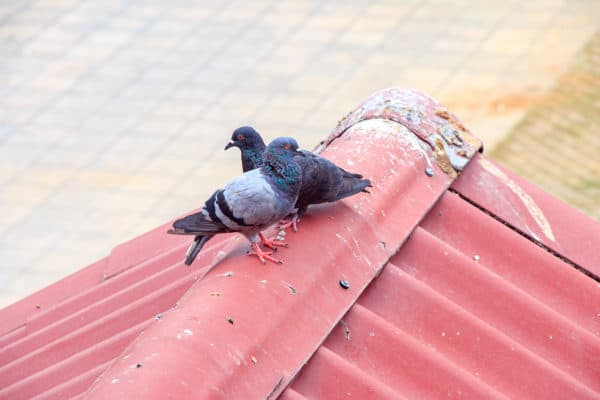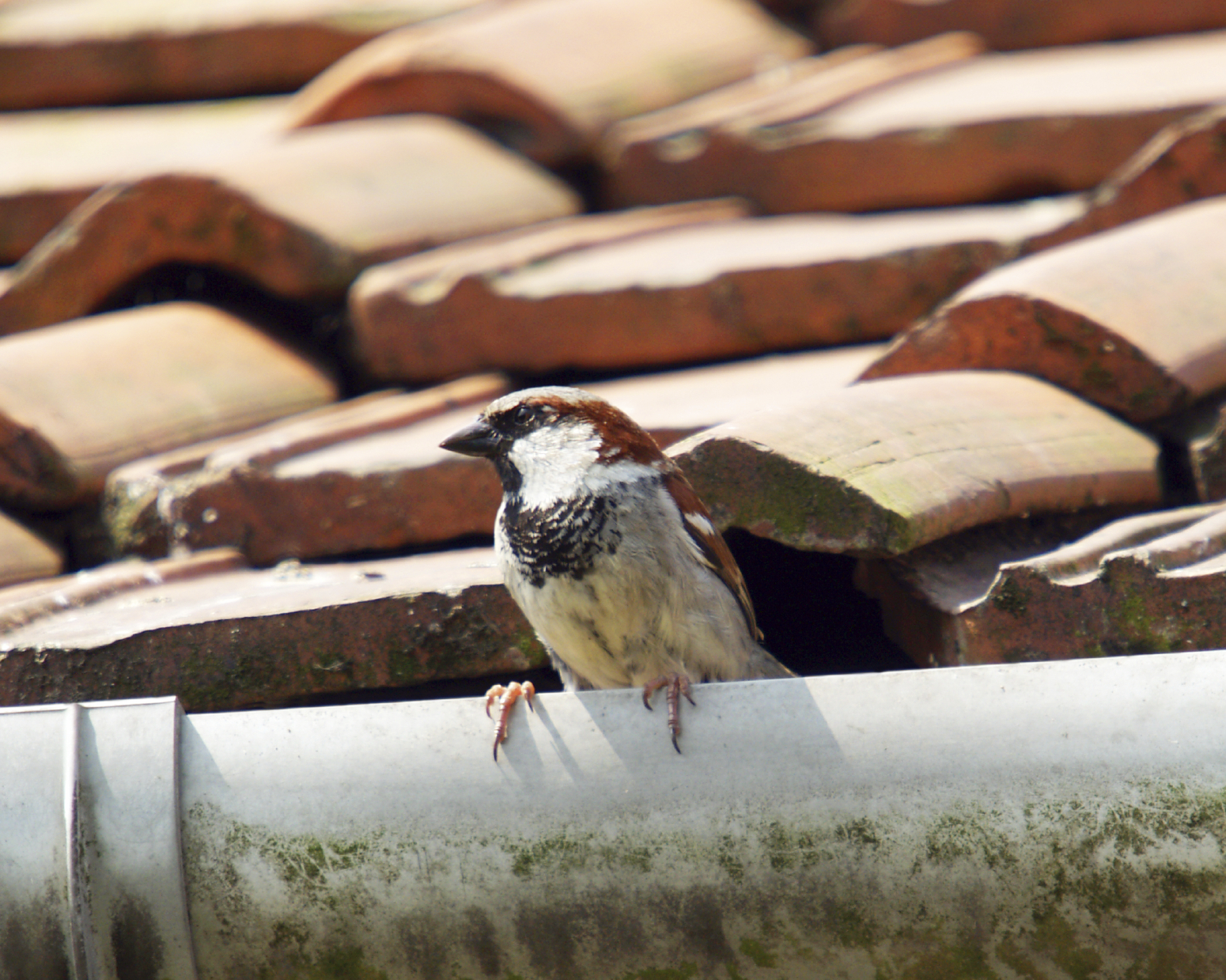Starlings Nesting In Roof Space
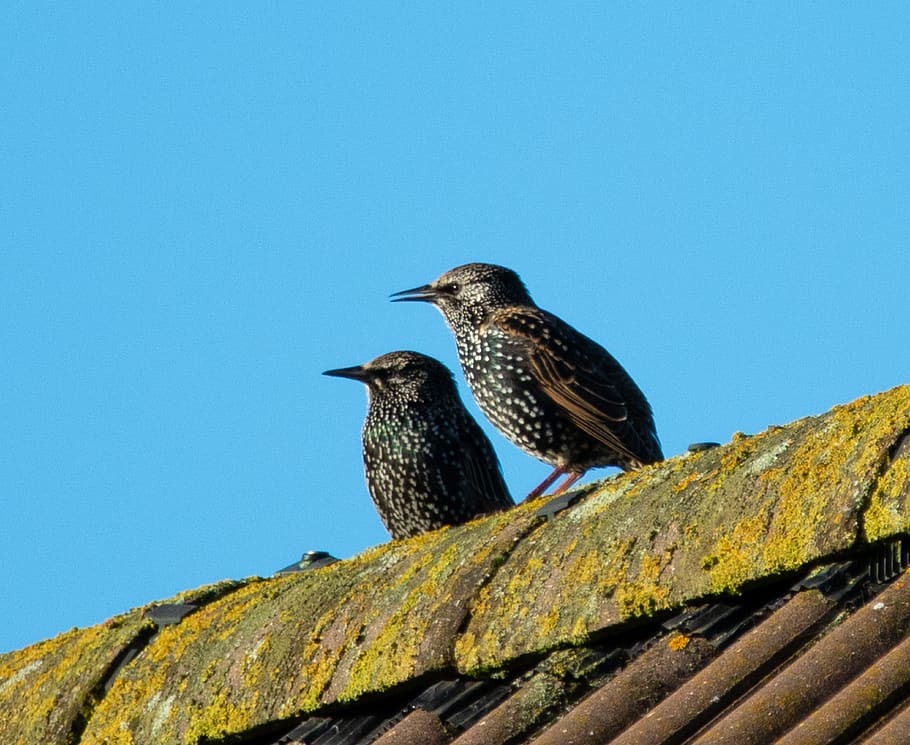
Nests in attics and similar cavities.
Starlings nesting in roof space. If you find eggs or young birds in attics or similar cavities leave them be. Be proactive and seal any cavities and gaps where starlings have nested before as they do have a tendency to return to nesting sites. Hello we ve just discovered that starlings have gotten in to our roof to start building a nest. If you can see a gap you think they may take a shine to seal it before they start nest building.
Hide the nest material. Where natural tree hollows for their cavity nests are lacking starlings nest in attics and other building spaces gaining access via vents for dryers stoves and bathrooms or via deteriorated or damaged building materials. Foolproof ways to stop sparrows and starlings from nesting under your eaves. What does a starling nest look like.
Although they are noisy they seldom cause any damage and their nesting period is fairly short. Breeding usually starts in mid april so it is possible that they are only roosting in the roofspace in the evenings and leaving the following morning to feed. Only when you are certain that a nest is no longer in use can it be removed as active nests for all birds are fully protected by law. Make the slope steeper.
In most states it s legal to destroy the nest of any bird as long as it s not fully established. Starlings prefer to roost in tree cavities or small crevices but will choose an attic if these natural habitats are not available. Starlings love nothing more than a cosy space in a roof or loft for their nests. A starling in the attic is usually the result of uncovered vents or openings in the exterior of a home.
The beak of the european starling is dark brown in winter but turns yellow during breeding season. Starling nests are a loosely woven mass of bark grass twigs and trash. You may have to wait about 12 days for eggs to hatch and up to 3 weeks for young to leave the nest. Starlings often nest within tree hollows and even cracks in utility poles.
In urban areas nests occupy building eaves window ledges and almost any other place between 6 and 60 feet off the ground. At this time of year starlings will be investigating any crevices and holes in buildings for a suitable place to breed. If so treat this nest like a nest in an attic or similar cavity. European starlings were introduced to north america purposely and have adapted to a wide range of habitat conditions including city office buildings warehouses and bridges.
Stop before the nest completes.
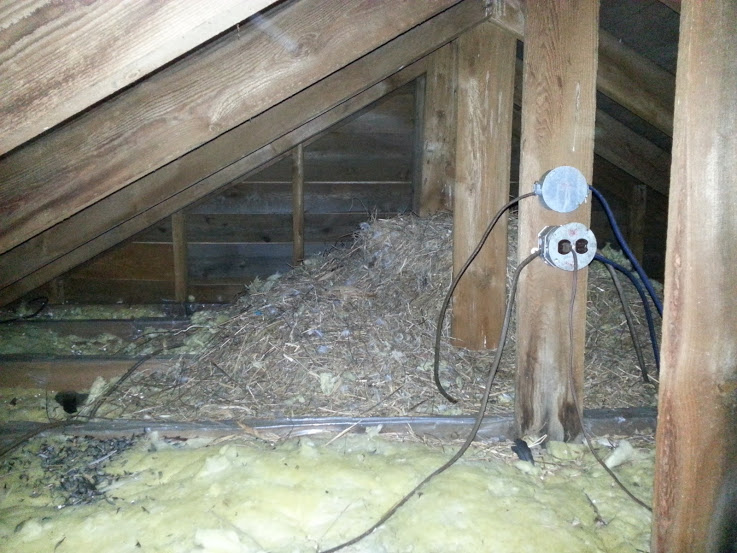


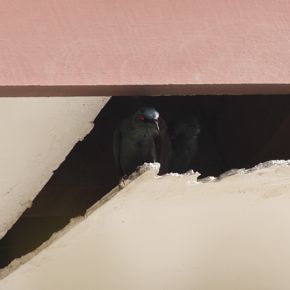

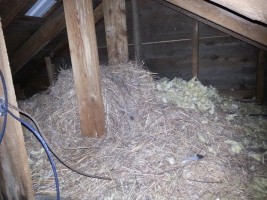





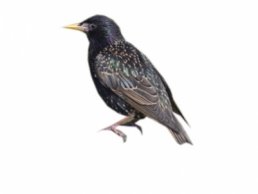
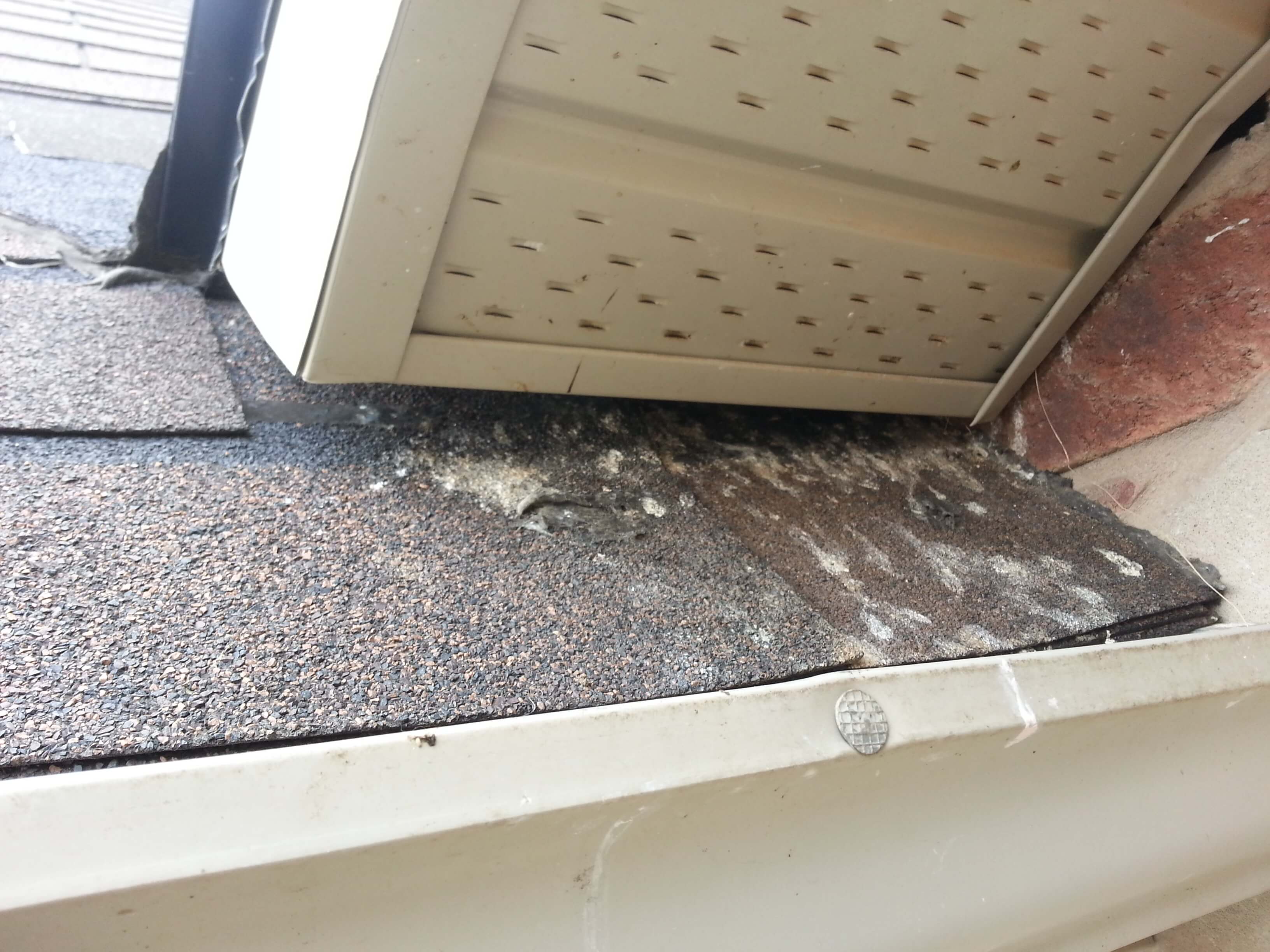
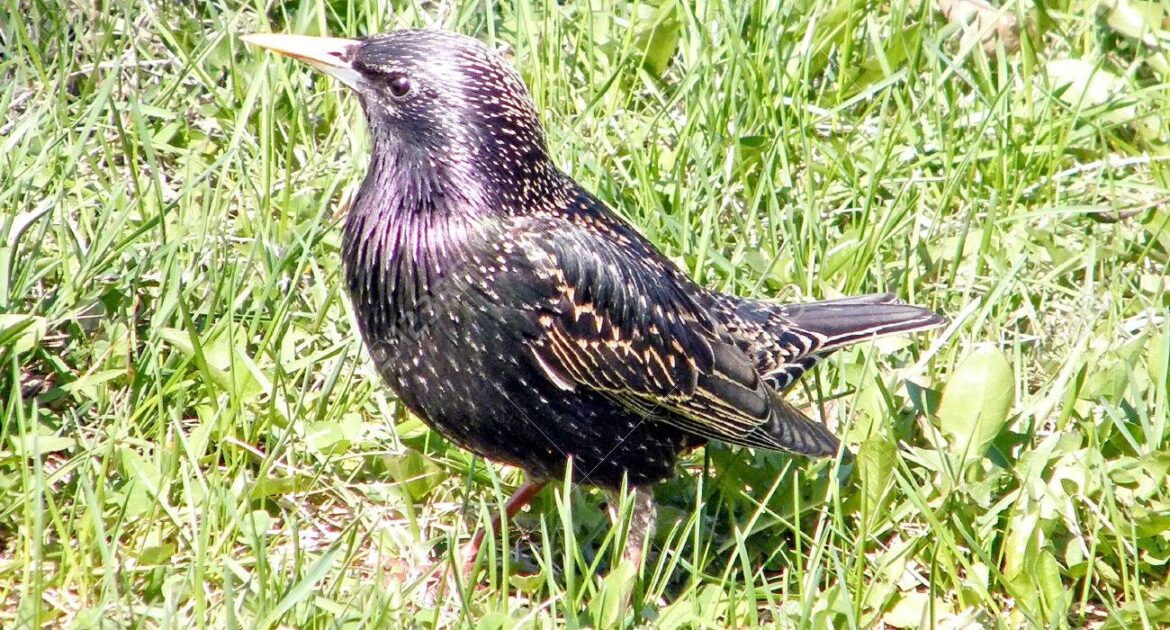


%20to%20hole%20into%20loft%20nest%20with%20food%2001+04-08%20of%2011%20(acc%20montage%20+%20some%20shadows)(r+mb%20id@1024).jpg)






